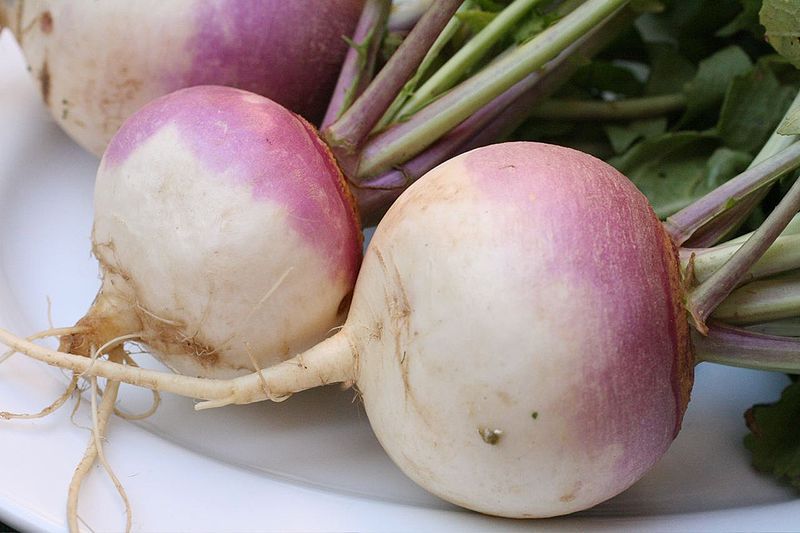-
 Histamine antagonist
Histamine antagonist
-
 NGC
NGC
-
 Oven
Oven
-
 Hypothalamic paraventricular nucleus
Hypothalamic paraventricular nucleus
-
 Open source software
Open source software
-
 Unweighted digital code
Unweighted digital code
-
 SCAR
SCAR
-
 Western hemlock
Western hemlock
-
 Plug and Play
Plug and Play
-
 Berne Convention
Berne Convention
-
 MD5
MD5
-
 Grading
Grading
-
 Anaesthetise
Anaesthetise
-
 WMAP Satellite
WMAP Satellite
-
 Algal film
Algal film
-
 Tropical forest
Tropical forest
-
 Nucleoside
Nucleoside
-
 Anti-EGFR
Anti-EGFR
-
 PKI
PKI
-
 UEPS
UEPS
-
 Silicate
Silicate
-
 Conflict
Conflict
-
 Legume
Legume
-
 Intravenous
Intravenous
-
 Top quark
Top quark
-
 Regenerative braking
Regenerative braking
-
 AFSSAPS
AFSSAPS
-
 Myeloid
Myeloid
-
 Calciphile
Calciphile
-
 Phenylalanine
Phenylalanine
Turnip
Turnip season
The turnip is a vegetable harvested twice per year in late spring and in winter.
Nutritional value of turnips
Turnips contain very low amounts of energy (18 kilocalories per 100 grammes). In addition to vitamin C and B, note that turnips contain a good amount of trace elements, calcium, potassium and fibre. Turnips also contain a large quantity of glucosinolate, which makes the vegetable difficult to digest but also gives it anti cancer properties.
Turnip varieties
The most common turnip varieties include:
- The Milan, turnip which is white with a violet collar and a round, flattened shape;
- the round Nancy and Norfolk turnips;
- the white and elongated Nantais and Croissy turnips.
The yellow turnip (golden ball) and the long and black turnip are more rare varieties.
Choosing and cooking turnips
Choose firm, heavy bright coloured turnips with nicely smooth skin. Buy young vegetables, as the older ones may be spongy.
Depending on the country, turnips are prepared in different ways: cooked in a pot-au-feu, grated, puréed or used as a condiment.
 Turnips are a root vegetable. © Wikimedia Commons
Turnips are a root vegetable. © Wikimedia Commons
Latest
Fill out my online form.



